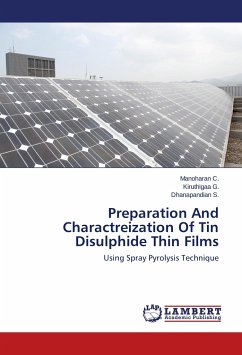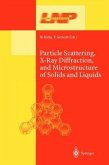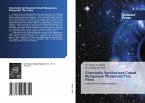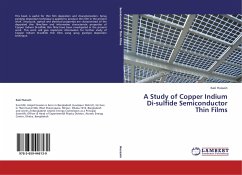The system Sn on Cu will usually be applied for interconnection of modern electronic systems by solder-joint technology. Nowadays Sn is the material of choice for this purpose because the up to now commonly used SnPb alloys for soldering and coating applications are prohibited by law since 1st July 2006 due to environmental concerns. However, it is well known since nearly 60 years that pure Sn thin films deposited on Cu substrates are very prone to spontaneous formation of needle-like Sn single-crystals, called whiskers, during ageing at room temperature. Such filamentary Sn whiskers constitute an issue of great technological relevance due to their potential of causing short-circuit failure of modern microelectronic devices. Unfortunately, profound knowledge on this controversially discussed phenomenon of whisker-growth is still lacking. Therefore the present thesis focuses in particular on revealing the driving force for Sn whiskering in the system Sn on Cu during room temperature ageing and thus to devise a coherent understanding of the processes leading to the formation and growth of Sn whiskers. On this basis, whisker mitigation strategies can be proposed.








